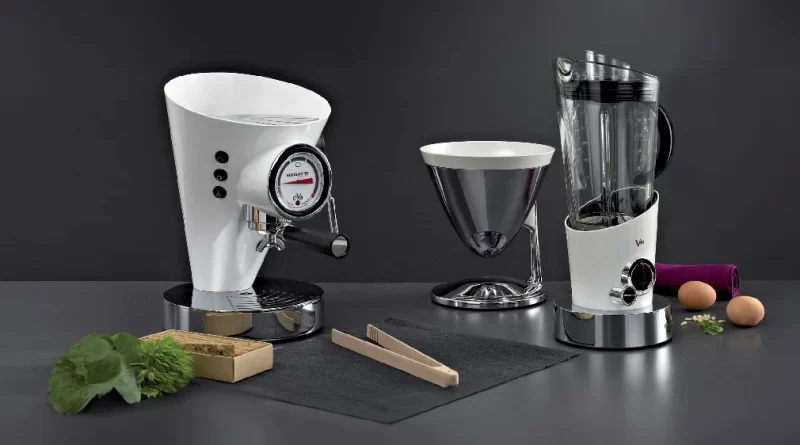DIY Kitchen Accessories – A Step-By-Step Guide
Creating your own kitchen accessories UAE can add a personal touch to your culinary space while allowing you to customize items to fit your style and needs. Whether you’re creating storage solutions, decor pieces, or functional gadgets, here’s a step-by-step guide to help you start your DIY kitchen adventure.
Planning and inspiration:
Before getting into your DIY project, start by brainstorming ideas and gathering inspiration. Browse through design magazines, websites, or social media platforms like Pinterest for creative concepts. Consider your kitchen’s layout, color scheme, and the specific function you want your accessory to serve.
Gathering materials and tools:
Once you’ve settled on a design, make a list of materials and tools needed for your project. Depending on the accessory, this might include wood, metal, fabric, paint, adhesive, screws, and basic tools such as a saw, drill, hammer, and measuring tape. Ensure you have everything on hand before starting to avoid interruptions.
Preparing and measuring:
Measure and prepare your materials according to your design specifications. Use a pencil and ruler to mark where cuts or holes need to be made. Double-check measurements to ensure accuracy, as precise cutting and assembly will contribute to the finished product’s quality.
Assembly and construction:
Follow your design plan as you assemble the parts of your accessory. If you’re constructing a shelf or rack, start by assembling the frame or base. Use appropriate fasteners or adhesives to secure components together. For fabric-based accessories like curtains or pot holders, sew seams carefully and reinforce corners for durability.
Finishing touches:
Once the main construction is complete, focus on adding finishing touches to improve the appearance and functionality of your DIY accessory. Sand rough edges, apply paint or stain for a polished look, and add decorative elements like knobs or handles. Ensure any applied finishes are food-safe if your accessory will come into contact with kitchen items.
Testing and installation:
Before placing your DIY accessory into regular use, conduct a final inspection and test its functionality. Ensure shelves are sturdy, hooks are securely attached, and any moving parts operate smoothly. Install your accessory in its designated space, using appropriate mounting hardware if necessary, and admire your handiwork in your newly transformed kitchen.



